What does education look like around the world?
There is a saying, “Every house has its own noise,” and it also applies to education.

There are many, many countries in the world, and there are just as many approaches to learning! That is why the study of methodologies and educational systems in different parts of the world is so interesting. We studied the specifics and peculiarities of education in the most popular countries among students and this is what we found.
Scandinavian countries
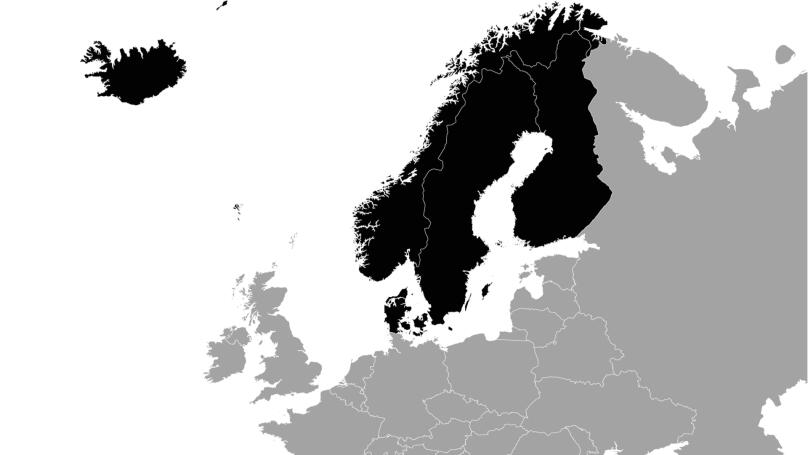
Scandinavian schools and universities are rightfully in the top tier of various educational rankings. They are considered leaders in educational innovation due to their focus on the comprehensive development of children. Exams in Scandinavian countries are considered secondary - the main goal is the process itself. That is why children enter first grade only 7 years old and their first exams at 16 years old. Moreover, the classes are always mixed; in Scandinavia, talented students are not separated from ordinary students. They do this in order to minimize the gap in knowledge between them.
The most popular technique in Scandinavian schools and universities is gamification. It is carried out using the most advanced EdTech technologies, such as virtual reality glasses and interactive whiteboards. Schools often focus on a more technical direction as well (programming, coding, robotics, etc). Lessons are often taught outside the classroom to emphasize practical knowledge, rather than just theoretical knowledge.
China

In China, mathematics is considered the most important area of study. There is also a lot of attention paid to the study of various philosophical concepts and logic. According to Chinese teachers, this is the key to understanding any phenomenon or problem. It is not without reason that many Chinese people are very skilled - from an early age they are instilled with everything they need in order to create a successful career, which is what the education system is designed for.
This approach to education is largely due to China's childbearing policy. Most families can still only afford one child, which is why their family has such high expectations for them. Their future depends on successfully entering university, which is why Chinese students are arguably the most disciplined in the world. However, the Chinese education system is quite conservative in one regard - they do not pay as much attention to technology as other countries do.
Lectera’s Online Courses by topic
USA
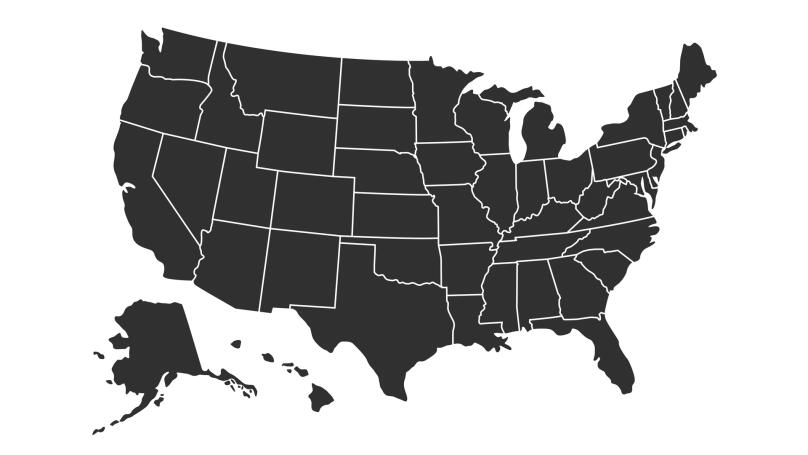
The educational system of the United States is the opposite of the Scandinavian countries. All education in the US is geared towards ensuring that children successfully pass exams at the age of 16 in order to enter the most prestigious universities. For this reason, teachers give students the freedom of choice. They choose their own schedule in order to devote the maximum amount of time to the subjects that they will need to enter university.
However, this is not the case in all schools: the United States, as you know, is divided into conservative and more liberal states. So in the traditional states, teaching methods have changed very little over the past 25 years. Meanwhile in New York or Florida, students are among the first to experience all of the new technologies and directions offered by the education system.
Canada
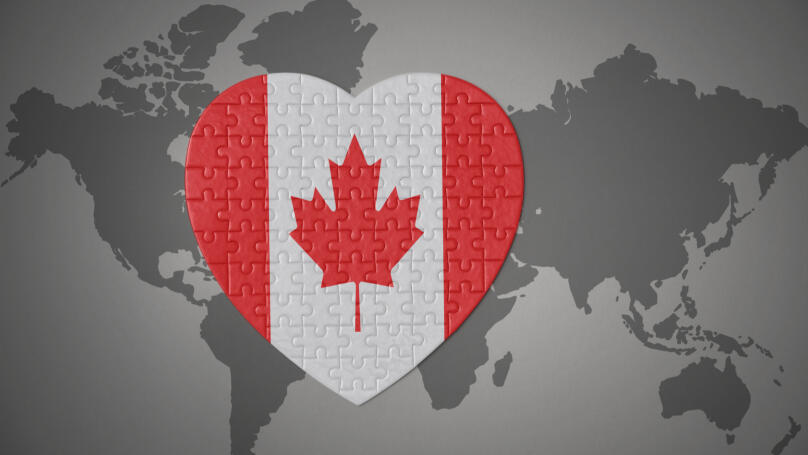
In Canada, the approach to education depends on the province or territory, as it does in the United States. For example, in some areas there is a classic model with an emphasis on testing and preparing for final exams. Other areas place an emphasis on personal development, as in France or Scandinavia. However, as a rule, all students are divided into two programs of their own choice - academic and general. The general program allows the student to study every subject equally, whereas the academic program focuses on specific areas.
To bring education in all regions of Canada into a uniform format, the government developed an interstate cooperation body. Thus, new curricula have emerged with advanced methods, technologies, and a more flexible and inclusive approach to teaching. This is gradually standardizing schools across the country.
European countries
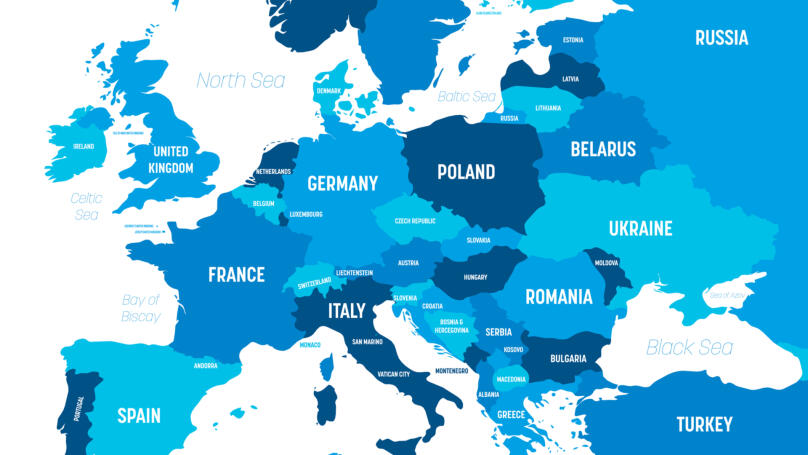
Regular exams and other tests of students' knowledge throughout the school year are standard practice in European countries. This is considered an important component of preparing students for their final exams before entering university. Popular teaching methods vary from one country to another. For example, France is most advanced when it comes to using technology in education and project based learning. This creates extremely independent students who are used to working in a team.
The European Union is actively investing in education. Therefore, the European education system is quite flexible and diverse. New approaches and technologies are instantly tested and implemented. Many schools also emphasize personal development of the students, including the development of their moral and ethical standards, as well as self-education skills.
Great Britain

The British system has undergone significant transformation over the past ten years and this transformation is still ongoing. Many of their old methods are now considered obsolete (for example, the division of schools into boys and girls or private and elite). The UK now advocates for a holistic learning environment in tuition-free, mixed schools. This gives students a level playing field and helps them adapt to the diversity of today's society. However, parents can send their child to a specialized school with an increased focus on one specialty or another. Many schools create their educational program themselves. In this regard, they are given even greater freedom than in many other countries.
The most popular methodologies in the UK are discussion clubs, hands-on work through problem-based or project-based learning, and self-study with materials. Testing is as popular here as it is in Europe and is conducted regularly to assess the progress of students. When a student does poorly they are assigned additional classes.
Australia

Australia's education system is going through difficult times as it transitions from the traditional British teaching model to a more modern one. That is, new techniques based on the use of EdTech are being actively introduced: gamification using educational quests and levels, visualization using applications, AR and flipchart boards, etc. There is also a trend towards personalizing education: students can choose the materials used in the training themselves and can focus on certain areas.
Which of the different systems is the most efficient? It is impossible to give an exact answer, but here is what is immediately obvious: there has been a global shift in education and students of the world benefit from it. They are given more and more freedom of choice and leverage for independent and personalized learning. This fosters the development of critical and flexible thinking. The graduates of the next ten years will definitely not be like their predecessors - all that remains is to wait and see exactly where all of this will lead.
Share this with your friends via:
Latest News

A significant stage in the development of the alternative education system has begun in West Northamptonshire in the UK: the County Council is actively calling on parents, guardians, and trustees to participate in shaping the future of this key area.

Outwoods Primary School in Atherstone, Warwickshire, having experienced deep sadness after the loss of their famous cat, Silla, has found solace in a new pet – a Maine Coon named Aloysius O’Hara.

In modern universities, artificial intelligence, and in particular ChatGPT, is rapidly transforming from a controversial tool into a full-fledged student assistant.

An innovative educational project is gaining momentum in UK primary schools, aiming to change attitudes towards video games.

The Massachusetts Institute of Technology (MIT) presents MIT Learn – a revolutionary online platform that opens a “new front door” to access university knowledge and resources.












 Mental Traps That Are Easiest to Fall Into During Winter
Mental Traps That Are Easiest to Fall Into During Winter
 Life After the Holidays: How to Beat the Post-New Year Blues
Life After the Holidays: How to Beat the Post-New Year Blues
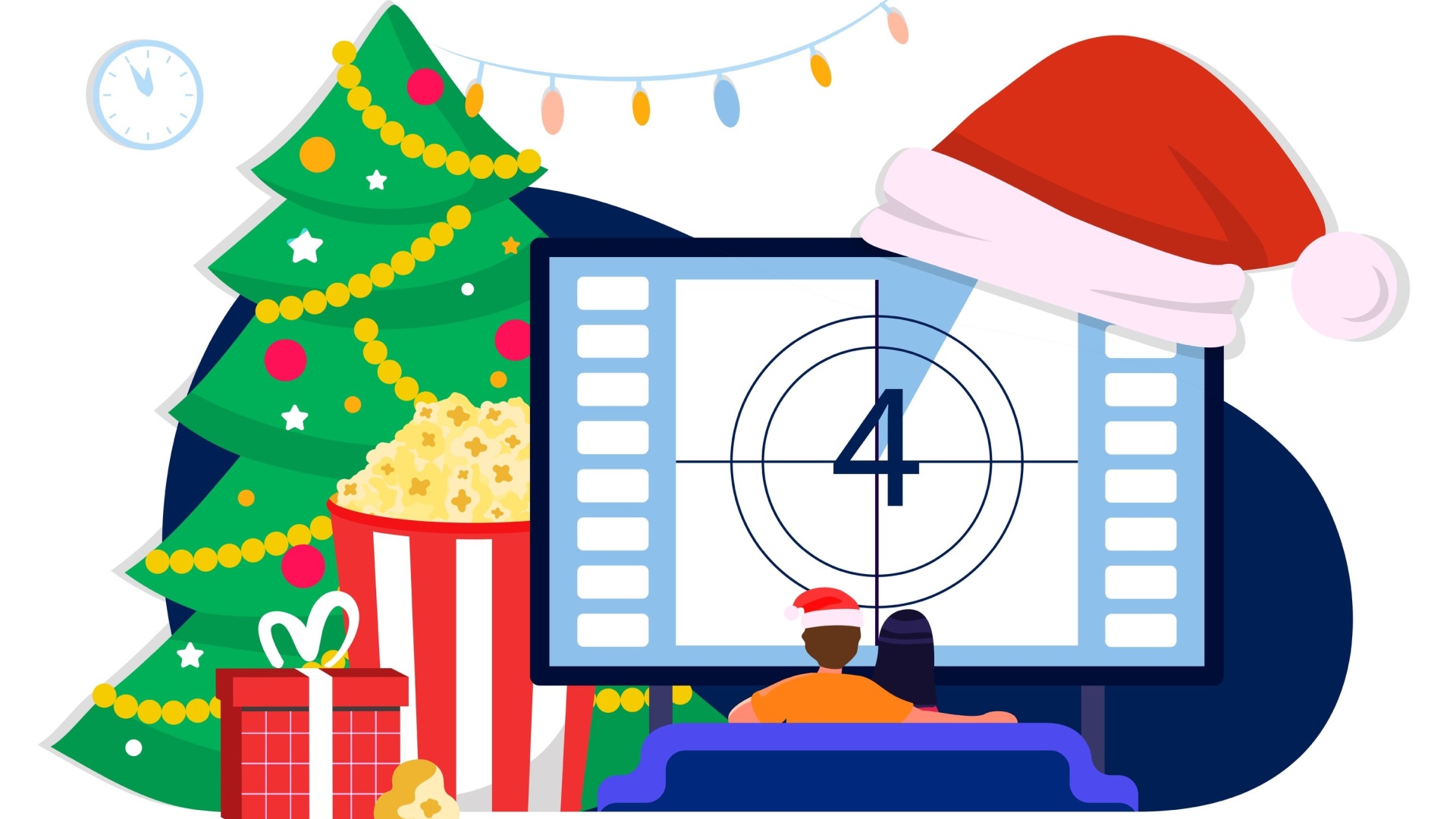 Which Christmas Movie Character Are You?
Which Christmas Movie Character Are You?
 Test. What Career Goal Should You Set for Next Year?
Test. What Career Goal Should You Set for Next Year?
 Your New Year’s Forecast: What Awaits You in the New Year?
Your New Year’s Forecast: What Awaits You in the New Year?
 Test. Which New Year Archetype Are You?
Test. Which New Year Archetype Are You?
